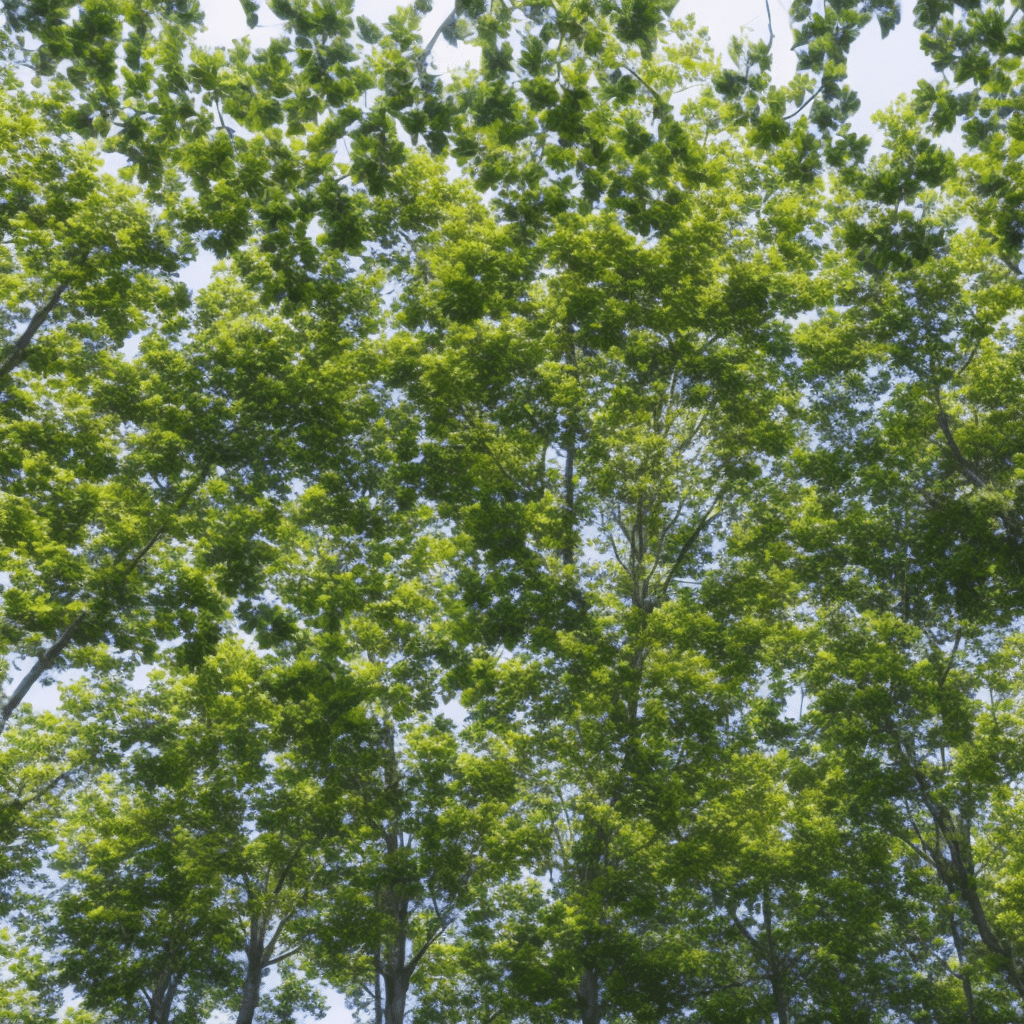How can real estate projects be designed to enhance biodiversity and natural habitats?

As the rate of urban development accelerates, the conversation around sustainable practices in the real estate sector has become critical. This is not just because of the significant role the sector plays in climate change, but also its impact on biodiversity and natural habitats. Developers, real estate companies, and various stakeholders in the building environment industry have a responsibility in managing these impacts. The question is, how can this be achieved?
The Intersection of Biodiversity and Real Estate
Biodiversity, which refers to the variety of life on earth, is greatly affected by urban development. Real estate, being a significant contributor to urbanization, is inevitably entangled in the fate of our planet’s biodiversity. Recognizing this intersection is the first step toward finding viable solutions.
En parallèle : How to effectively manage and mitigate the risks associated with real estate development in seismic zones?
The construction of buildings, roads, and other infrastructures often lead to habitat destruction. These activities reduce the space available for wildlife, leading to a decrease in biodiversity. Furthermore, the materials and energy used in real estate construction contribute to carbon emissions, thereby exacerbating climate change – another threat to biodiversity.
However, this does not mean that real estate development and biodiversity cannot coexist. By adopting sustainable practices, real estate companies can help preserve, and even enhance, biodiversity.
En parallèle : How to create real estate developments that foster a sense of community and social connection among residents?
Incorporating Nature into Urban Development
There is a growing trend among developers to incorporate nature into their projects, a practice often referred to as ‘green building’. This approach uses sustainable materials in construction, incorporates natural elements into building design, and includes green spaces in urban plans.
Green building aims to create a balance between urban development and nature. It considers the environment in every stage of the building process, from planning to construction, operation, and demolition. This focus on sustainability not only reduces the negative impact of real estate on biodiversity but can also provide benefits like improved air quality, energy efficiency, and enhanced property values.
Green spaces in urban areas are especially vital. They serve as mini-reserves for local flora and fauna, helping to maintain biodiversity in urban settings. They also offer socio-economic benefits such as recreational spaces for residents and aesthetic appeal that can increase property values.
Importance of Sustainable Management in Real Estate
Sustainable management in the real estate industry is crucial for biodiversity preservation. It encompasses several strategies, including efficient resource use, pollution reduction, and waste management.
Firstly, efficient resource use means using less raw material and energy in construction. For example, choosing locally sourced and recycled materials can reduce the need for new resources and cut down on transport-related emissions.
Secondly, reducing pollution involves minimizing the waste and harmful emissions produced by construction activities. This can be through technologies that cut down on carbon emissions or practices that reduce construction waste.
Finally, waste management includes properly disposing of waste and recycling materials where possible. By doing this, companies can reduce the amount of waste that ends up in landfills, which can harm biodiversity.
The Role of Climate Change in Real Estate Development
Addressing climate change is a critical aspect of sustainable real estate development. As previously mentioned, the real estate sector contributes significantly to carbon emissions, which drive climate change. Climate change, in turn, can drastically affect biodiversity.
For instance, rising temperatures can disrupt ecosystems and force species to relocate, thereby altering the biodiversity of a region. Likewise, extreme weather events, which are becoming more frequent due to climate change, can destroy habitats and endanger species.
Therefore, it is essential for real estate projects to mitigate their environmental impact. This can be achieved through measures such as using renewable energy sources, installing energy-efficient systems, and designing buildings that can withstand extreme weather conditions.
Engaging Stakeholders in Biodiversity Conservation
The responsibility of enhancing biodiversity does not lie with real estate companies alone. It requires the collective effort of all stakeholders involved, including governments, non-governmental organizations, communities, and individual consumers.
Policymakers can influence real estate practices by creating regulations that promote sustainable development. NGOs can put pressure on companies to adopt environmentally-friendly practices and help monitor their progress. Local communities can participate in decision-making processes and voice their concerns about potential impacts on biodiversity. Consumers can demand green buildings and choose to invest in companies that prioritize sustainability.
By working together, all these stakeholders can help shape a real estate sector that not only meets human needs but also respects and enhances the planet’s biodiversity.
Nature-Based Solutions for Real Estate Development
In a world increasingly marked by the impacts of climate change and biodiversity loss, nature-based solutions are becoming essential in estate sector practices. These solutions are strategies designed to harness the power of nature to address socio-environmental challenges. They are not only beneficial for the environment but also offer long term economic benefits.
Nature-based solutions can be integrated into real estate projects in various ways. For instance, developers could incorporate green spaces within their buildings or property grounds. These spaces can serve as habitats for local flora and fauna, thus contributing to urban biodiversity. They also offer recreational value for residents and can enhance the aesthetic appeal of properties, thus increasing their market value.
Another example is the construction of buildings that mimic natural systems. This could involve designing buildings that can withstand extreme weather events, much like certain organisms have adapted to survive in harsh conditions. There are also opportunities to use natural materials in construction, which can reduce the need for energy-intensive, non-renewable resources.
Moreover, nature-based solutions can help mitigate the impacts of climate change. For instance, green spaces can absorb carbon dioxide, thereby helping to reduce greenhouse gas emissions. Sustainable drainage systems, inspired by natural water cycles, can mitigate the risk of flooding – a threat that is becoming increasingly common due to climate change.
By adopting nature-based solutions, the real estate industry can move towards a more sustainable future. It can play its part in combating climate change, preventing biodiversity loss, and creating healthier, more vibrant urban areas.
Conclusion: Towards a Nature Positive Future
The real estate industry has a critical role in shaping the future of our planet. With the accelerating pace of urban development, it’s clear that estate sector’s practices can no longer ignore their impact on the planet’s biodiversity. As we move forward, the sector needs to embrace management practices that not only limit harm but also contribute to a net gain for nature.
Whether it’s through incorporating green spaces, using nature-based solutions, or engaging diverse stakeholders in conservation efforts, there are many ways in which the sector can contribute to a nature positive future. But this will require a significant shift in how we think about and approach real estate development.
Embracing sustainable real estate practices is not only the right thing to do – it’s also smart business. Consumers are increasingly demanding green buildings, and companies that respond to this demand will likely reap economic benefits. Moreover, sustainable buildings and urban areas can offer a higher quality of life, thus attracting more residents and contributing to a stronger sense of community.
In conclusion, real estate companies, governments, NGOs, communities, and individuals all have a part to play in conserving biodiversity. It’s not just about saving the environment – it’s about creating a world where humans and nature can thrive together. So, let’s make sure we’re heading towards a future where every real estate development is not just a structure, but a contribution to a more sustainable and biodiverse world.
